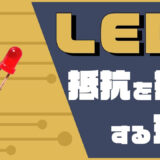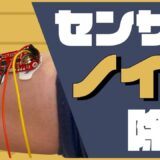YouTube
0:18 1950s
1:43 1960s
3:07 Application to consumer equipment
3:54 Summary
Power Supply Systems in History


For those who want to understand the characteristics of both linear and switchingpower supplies, I will talk about "Power Supplies from History ".
for those who would like to understand the characteristics of both linear and switching power supplies.
In fact, there is an interesting historical background to the development of the power supplies now in widespread use, including the involvement of the Apollo program.
Please read this article to the end so that you will be able to distinguish between linear and switching methods depending on the situation.
1950s
There are two main types of power supplies: linear and switching.
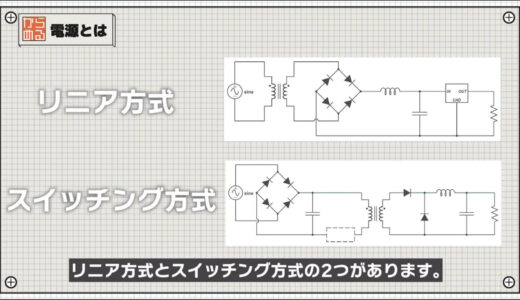
However, as far back as the 1950s, only linear power supplies existed in the world.
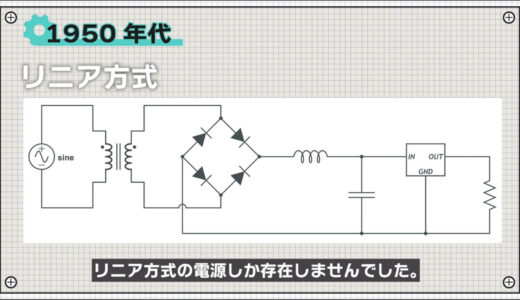
A linear power supply has a circuit like the one shown in the figure below when an AC outlet is used as input.
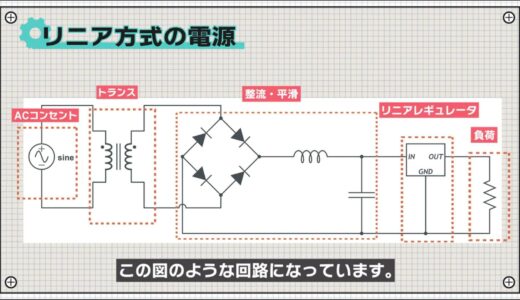
The flow of the linear method is described below.

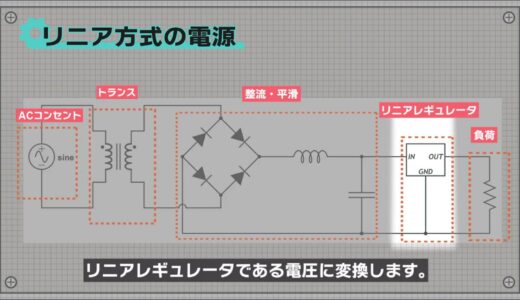
The linear method was widely used because of its simple circuit and no need for difficult control.
However, this circuit has two drawbacks.
- AC input is connected directly to the transformer.
- Energy draining.
The first is that the AC input is connected directly to the transformer.
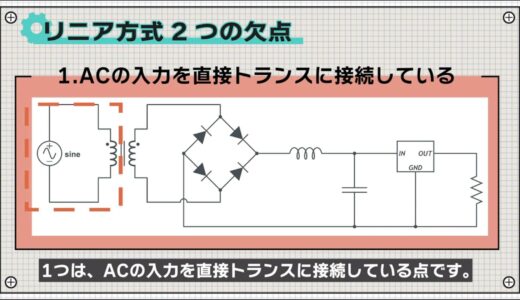
AC is an alternating current with a relatively low frequency, such as 50 Hz or 60 Hz.
If the transformer continues to carry current, the core will become magnetically saturated and unusable, so the cross-sectional area of the core and the number of turns must be increased to prevent saturation.

And second, since the linear method converted voltage by converting energy into heat, the conversion efficiency was poor and a lot of energy was consumed.
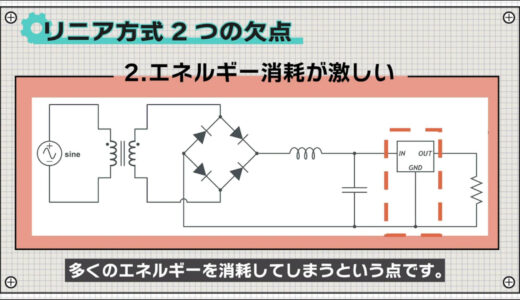
So, the linear method had the issues of miniaturization and energy saving.
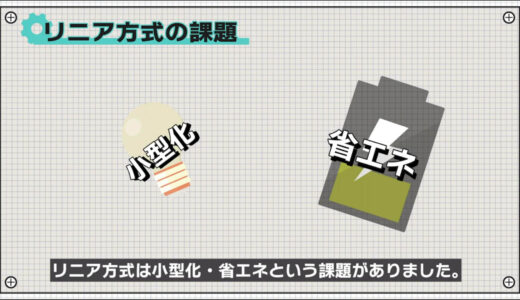
1960s
In the 1960s, space exploration became active and NASA's Apollo program was launched.
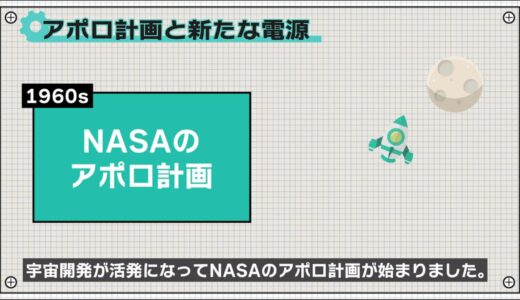
The Apollo program had to go to the moon using the limited energy loaded on the rocket, so a small, conversion-efficient power source was required.
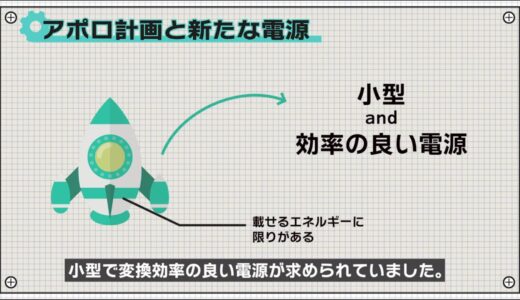
What was developed in response was a completely new type of power supply called the switching method.
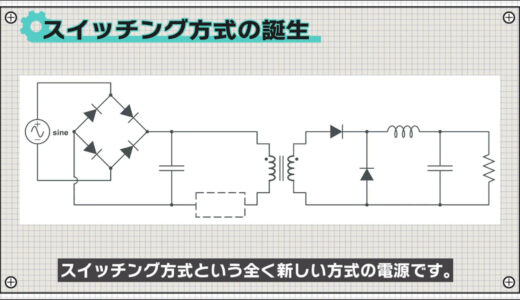
The switching type power supply is configured as shown in the figure below and differs from the linear type in the following two respects.

- AC input is converted to DC by rectifying and smoothing once.
- The point where high-frequency alternating current is created from direct current using switching elements to convert the voltage.
 | 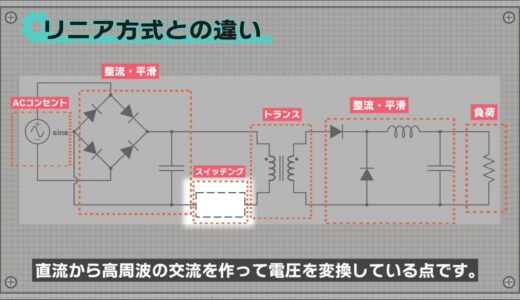 |
One advantage of this method is that the transformer can be made smaller by operating it at a higher frequency.
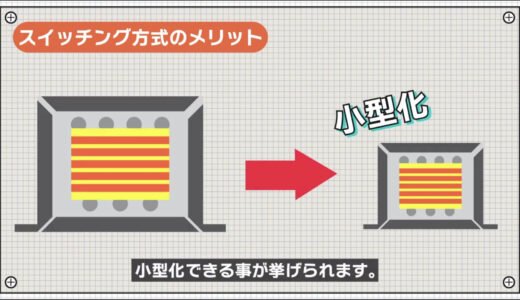
Moreover, the circuit has high conversion efficiency because voltage is converted by changing the form of magnetic energy, not by converting it into heat as in the linear method.
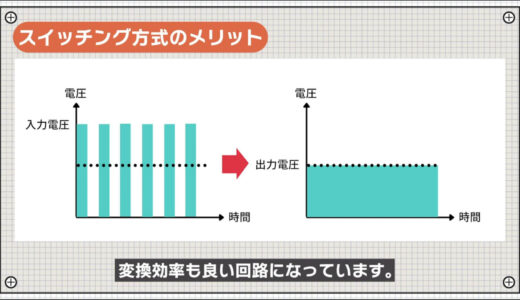
On the other hand, this method requires switching at high speed, so switching elements with good response and components capable of complex control are essential.
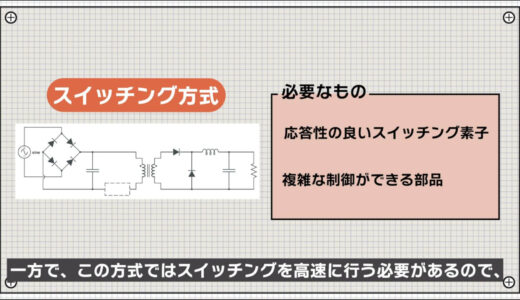
In the midst of all this, in this era... In the early 1900's, the use of Transistors and ICs, which have faster reaction speeds than conventional vacuum tubes, became popular.

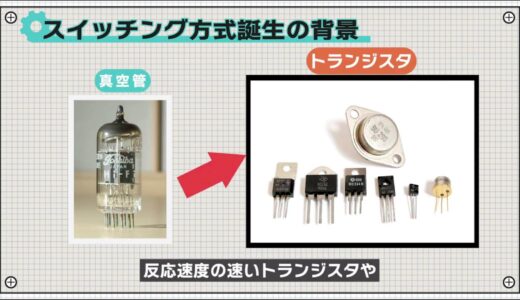
Application to consumer equipment
And little by little, this switching method has been incorporated into consumer equipment and has become quite common.
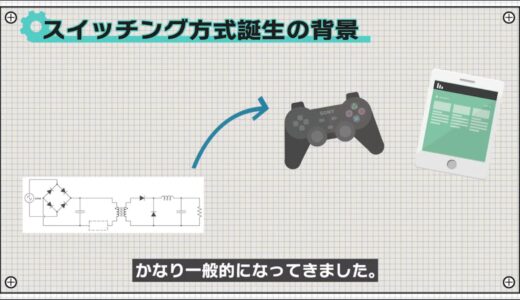


This AC adapter is a linear system and used to weigh nearly 400g to supply only 8.5W of power.
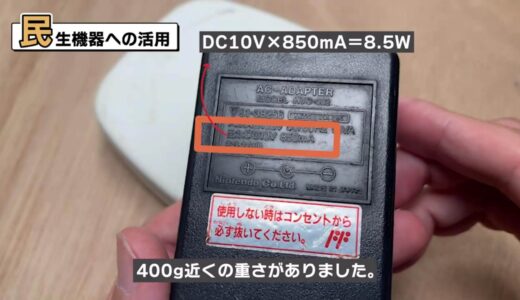
But now, like the AC adapter for the switch below, it weighs only 120 grams, even though it is spec'd to provide 39W of power.
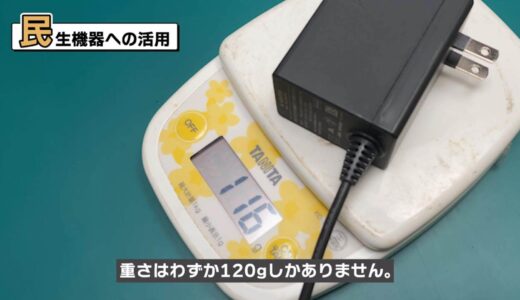
After disassembling and checking, we found that this AC adapter still uses a switching method.
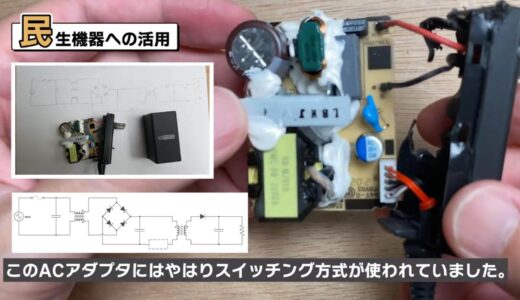
As you can see, the switching method can be made considerably smaller and lighter.
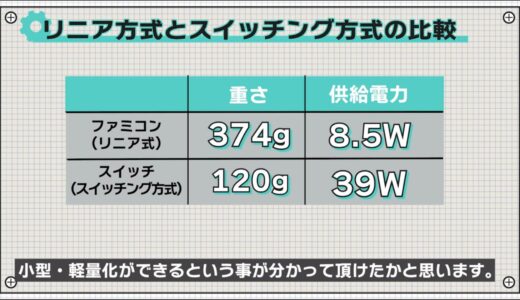
summary
I have spoken on the theme of "Power Supplies Learning from History".
As a reminder, I mentioned here that the switching method is new to history, but both have their advantages and disadvantages, and not all have been replaced.
However, now that you know the historical background, I think it is easier to think about which method is better at any given time.
On this site, we post videos and articles that allow you to learn electronics construction systematically from zero, including explanations of the minimum knowledge and tools you need to acquire.

 Start electronics
Start electronics 

